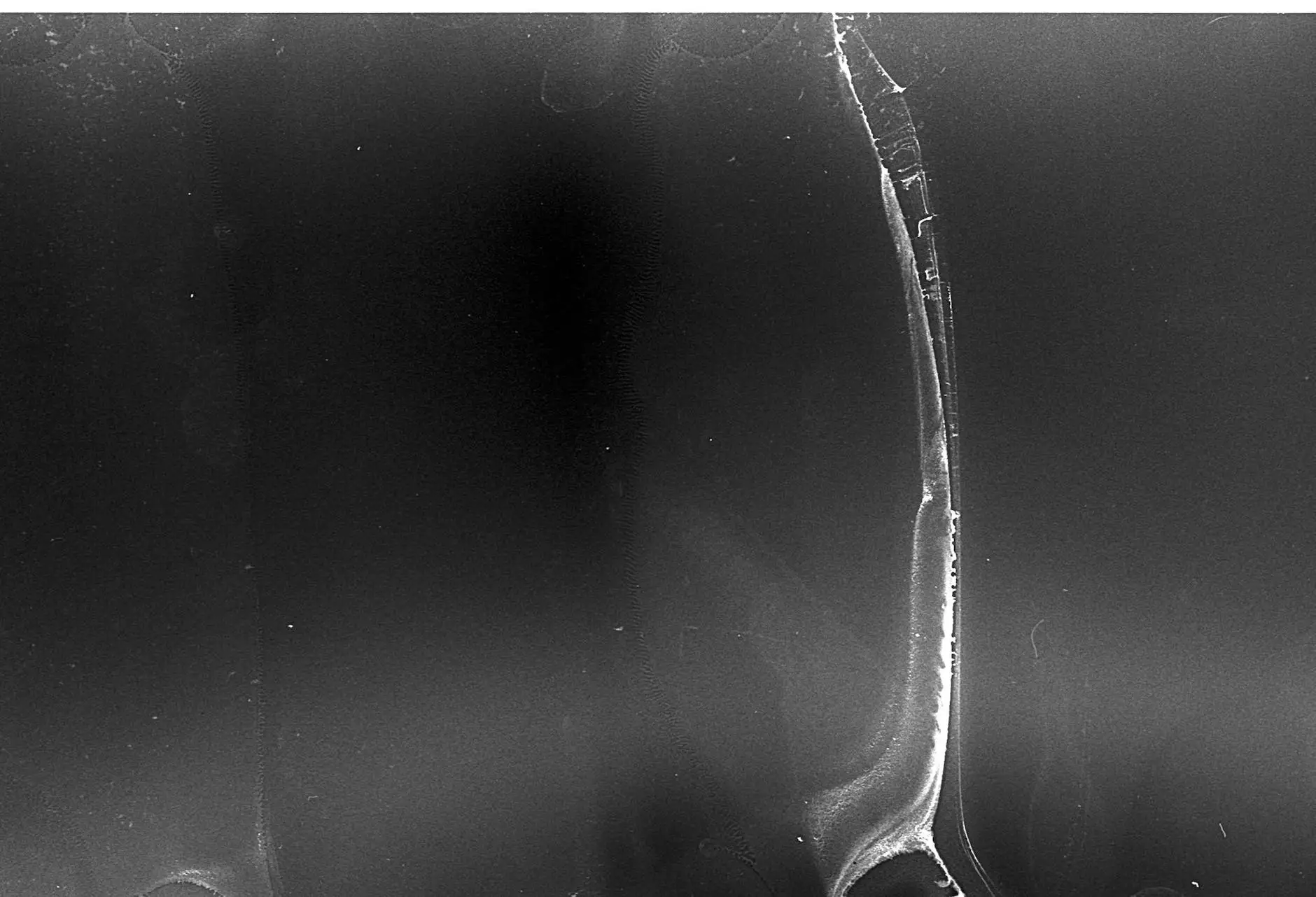Talus Fractures
Orthopedic Surgery
Understanding Talus Fractures
A talus fracture refers to a break or crack in the talus bone, a small bone located between the tibia and heel bone (calcaneus) in the ankle joint. These fractures are relatively rare but can cause significant pain and mobility issues.
Causes and Symptoms
Talus fractures can occur due to various reasons such as:
- Severe ankle sprains or twists
- Motor vehicle accidents
- Falls from a significant height
- Sports-related injuries, especially high-impact sports
Common symptoms of talus fractures include:
- Pain, especially during weight-bearing activities
- Swelling and bruising around the ankle joint
- Difficulty walking or bearing weight on the affected leg
- Tenderness or sensitivity to touch
- Visible deformity or misalignment of the ankle
Diagnosis and Treatment
If you suspect a talus fracture, it is crucial to seek immediate medical attention. At Bowling Orthopaedics, our skilled team of orthopaedic specialists focuses on accurate diagnosis and effective treatment. Diagnostic procedures may include:
- X-rays to visualize the fracture and determine its severity
- Magnetic Resonance Imaging (MRI) for detailed imaging of the talus bone
- Computed Tomography (CT) scans to assess complex fractures
The treatment approach for talus fractures depends on several factors, including the type and location of the fracture, as well as the patient's overall health. Common treatment options include:
- Immobilization with a cast or splint
- Non-weight-bearing and crutches to alleviate pressure on the ankle
- Talus realignment through traction or manipulation procedures
- Internal fixation using screws, plates, or wires for stable fractures
- External fixation for more severe and complex fractures
- Physical therapy and rehabilitation to regain strength and mobility
Recovery and Prevention
The recovery time for talus fractures varies depending on the severity of the fracture and the individual's healing capacity. Following proper post-treatment care instructions is crucial for successful recovery. This includes:
- Keeping weight off the affected leg as advised by the orthopaedic specialist
- Regularly attending follow-up appointments to monitor healing progress
- Engaging in prescribed physical therapy exercises to regain strength and mobility
- Wearing supportive footwear or orthotics, if recommended
While it's difficult to prevent all talus fractures, there are some preventive measures individuals can take to reduce the risk:
- Wearing appropriate protective gear during high-risk activities
- Practicing proper warm-up and stretching techniques before physical activity
- Maintaining strength and flexibility through regular exercise and conditioning
- Using caution and adhering to safety guidelines while participating in sports
- Being aware of surroundings and minimizing tripping hazards in the environment
Expert Care at Bowling Orthopaedics
At Bowling Orthopaedics, our experienced team specializes in diagnosing and treating talus fractures with utmost precision and care. We understand the impact such injuries can have on your daily life and are committed to helping you recover and regain full functionality.
If you suspect a talus fracture or have any concerns related to ankle injuries, contact Bowling Orthopaedics today. Our dedicated orthopaedic specialists will provide personalized care and guide you through every step of your recovery journey.










